Must-visit Wildlife Sanctuaries in Southeast Asia
Nature lovers are always seeking their next trip to Southeast Asia. The region is home to many amazing animals that cannot be found anyplace else on earth!
The South China Morning Post reveals their list of 5 sanctuaries in Southeast Asia that provide safe havens for wildlife based on humane treatment, professional care, nutrition and suitable living space.
All of these sanctuaries share the same values regarding animal rights. For example, they do not force elephants to play football or teach orangutans to ride bicycles. Hence, the tourist experience is authentic, fun and safe for the animals.
Elephant Conservation Center (Laos)
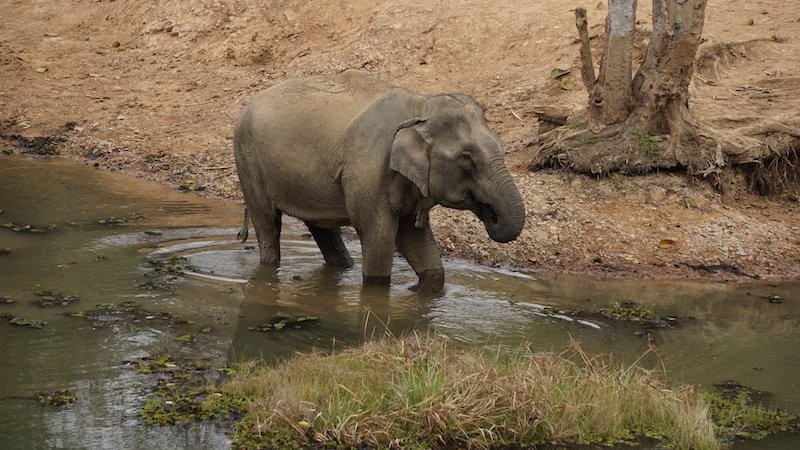 |
| Photo: Zing News |
Laos is famous among tourists as the kingdom of Lan Xang (meaning "Land of a million elephants"). Unfortunately, the country has only a few hundred elephants left and the number continues to decline due to habitat destruction and poaching.
Established in 2010, the Elephant Conservation Center in Sayaboury is home to 34 elephants rescued from the logging industry. The sanctuary is about a 2-hour drive from Luang Prabang city center.
Supported by the local government, this facility is proud to be the only elephant hospital in the country. Hence, qualitative veterinarians and biologists work here, care of the dying species.
The center combines wildlife conservation with tourism promotion.
You are not allowed to ride elephants but are encouraging to stay overnight to experience and evaluate programs like how to restore and breed these animals.
Staying in the center is an one-of-the-kind experience because the guest accommodation is rustic bungalows set among 250 hectares of forest.
Sepilok Orangutan Rehabilitation Center (Malaysia)
The Sepilok Orangutan Rehabilitation Center is home to 60-80 orangutans.
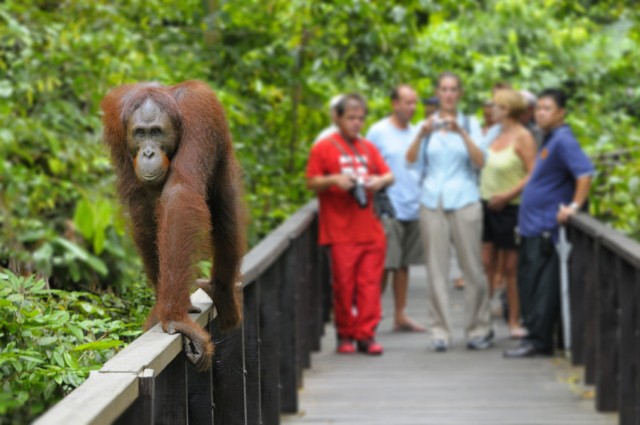 |
| Photo: The Sepilok Orangutan Rehabilitation Center |
The sanctuary was established in 1964 by Barbara Harrison with the purpose of rescuing and rehabilitating orangutans that have been victims of trafficking, deforestation or illegal poaching.
Staff teach the orangutans essential skills such as foraging and identifying predators - things they need to survive in the wild. This process can take decades.
Visitors are not allowed to come close, contact with primates due to the risk of disease transmission. However, you can come here to admire a moment in their daily life, wandering along the path in the middle of the forest.
Gibbon Restoration Project (Thailand)
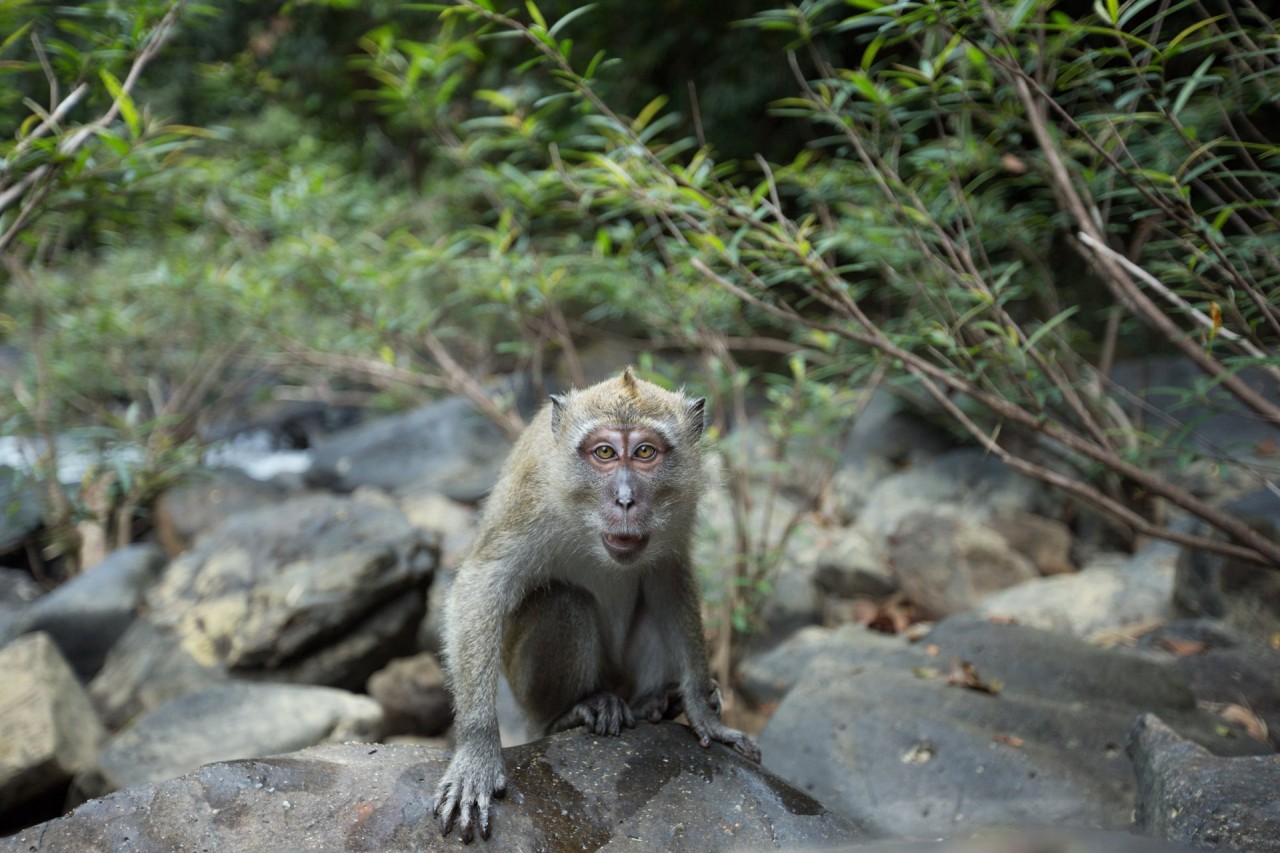 |
| Photo: Gibbon Restoration Project |
For decades, gibbons were hunted and sold to circuses and tourist attractions, where they became photographic props.
Nestled in Khao Sok National Park, the Gibbon Rehabilitation Project is a rescue and conservation area dedicated to gibbons that reside before returning to the wild.
There are about 50 gibbons have been returned to their birthplaces. Visitors can observe gibbons from afar. Interaction, including caressing is prohibited. Tourism play the biggest part in keeping the project running.
Run by Thai staff and volunteers, the project relies solely on donations collected from the gift shop and gibbon sponsorship program.
Tasikoki Wildlife Rescue Center (Indonesia)
Tasikoki Wildlife Rescue Center is located in North Sulawesi, close to international wildlife trade routes. It was established with the aim of returning creatures to their natural habitat.
Hundreds of birds, reptiles, primates and other mammals about to be taken out of Indonesia were seized by customs and transferred to the facility.
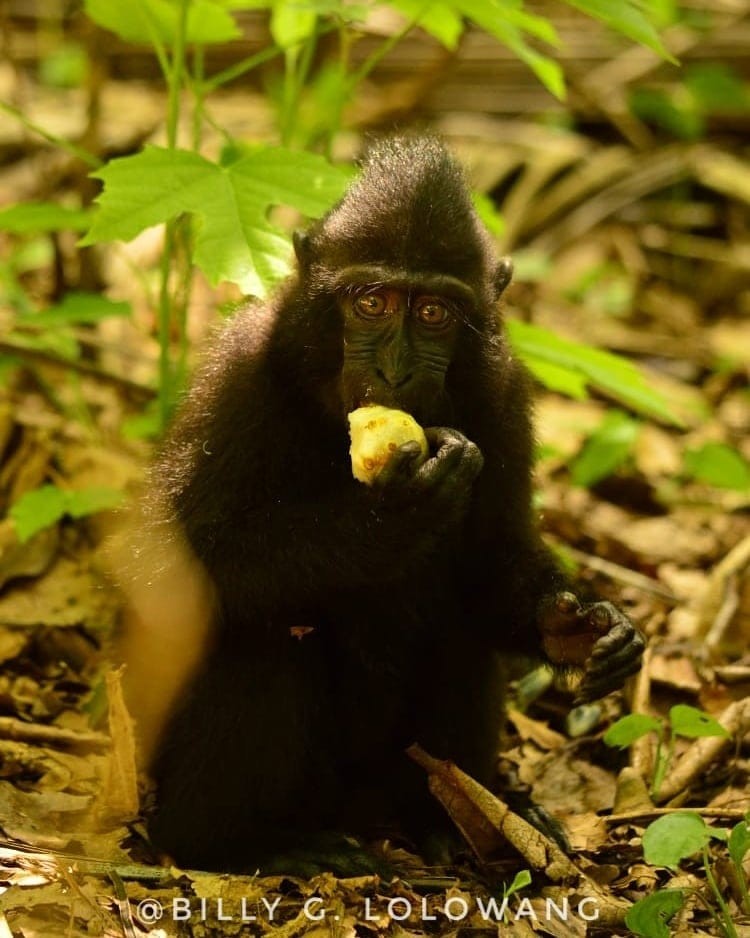 |
| Photo: Billy G. Lolowang |
At Tasikoki Wildlife Rescue Center, they are cared for and monitored by veterinarians.
During the pandemic, the center's source of income has been hit hard by travel restrictions and lack of tourists. They have difficulty in paying staff salaries, buying food for animals so in 2022 they hope to welcome more visitors to improve the operation of the center.
Ninh Binh Bear Conservation Facility (Vietnam)
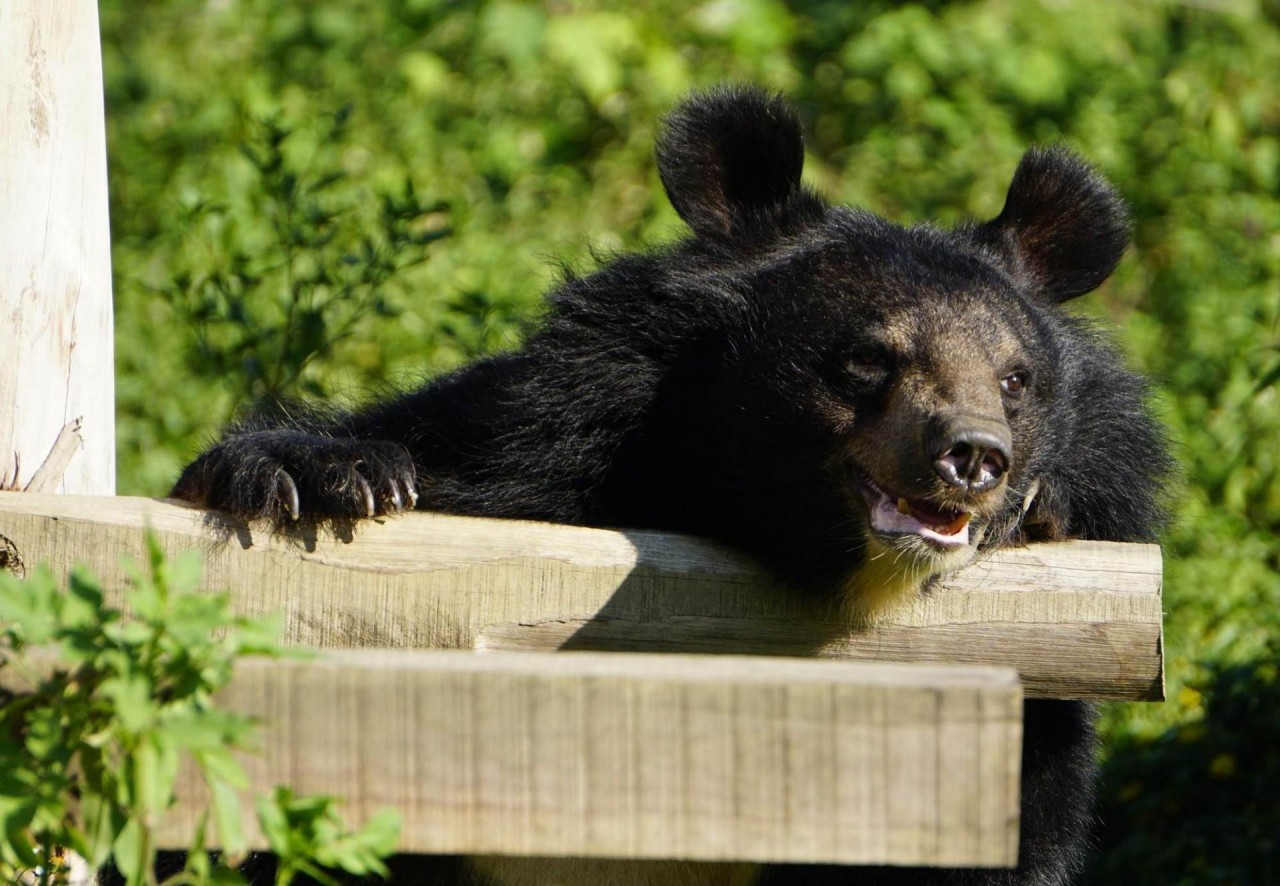 |
| Photo: ZIng News |
Besides from Cuc Phuong National Park, the largest nature reserve in the country, tourists should not miss the nearby Ninh Binh bear conservation facility.
The 3.5 hectare rescue center, developed by global animal welfare organization Four Paws, provides a natural environment for bears that have lived for years in dark, cramped cages.
Besides teaching the public about the honey mining business, the center also organizes an educational program to raise awareness about issues of animal welfare and biodiversity conservation.
Visitors can observe Asian black bears from the 300-meter-long skywalk.
 | Unique Southeast Asian Cuisine Made From Rice Not too picky in ingredients, Southeast Asian cuisine has confirmed its position with delicious dishes made from rice. |
 | Vietnamese Tourism Cities Win Southeast Asian Prizes Three local cities are set to be presented with the ASEAN Clean Tourist Awards 2022. |
 | Vietnam First Time Nominated as Co-chair of OECD in Southeast Asia Vietnam and Australia have been officially nominated as co-chairs of the Organization for Economic Cooperation and Development (OECD)-run Southeast Asia Regional Program (SEARP) for 2022-2025, ... |
Recommended
 World
World
India-EU trade agreement expected to be promoted in the future
 World
World
German Chancellor Merz begins his first state visit to India
 World
World
Vietnamese Lunar New Year Food Fair 2026 Showcases Cultural Identity in Malaysia
 World
World
India named President of BRICS+ for the 2026 term
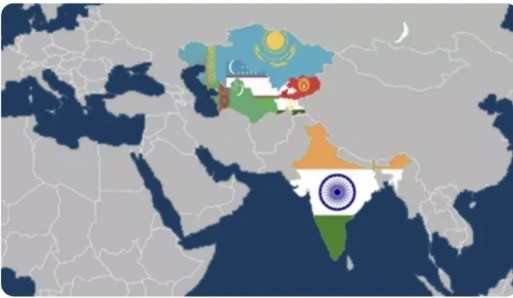 World
World
India strengthens defense and security ties with Central Asia
 World
World
India–Brazil–South Africa (IBSA) Dialogue Forum: An Assessment – Analysis
 World
World
India’s package for exporters signals confidence in Southeast Asia markets
 World
World


